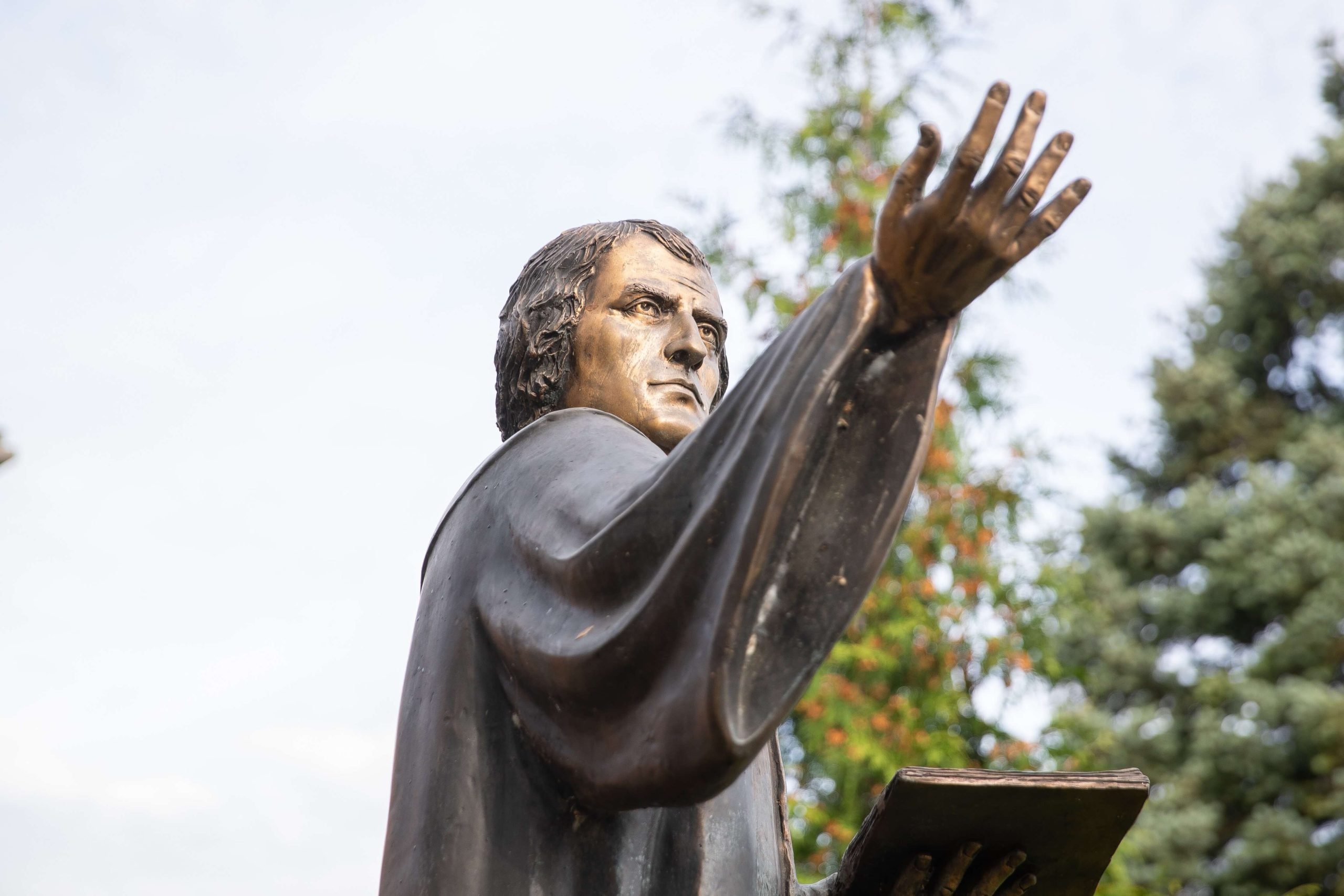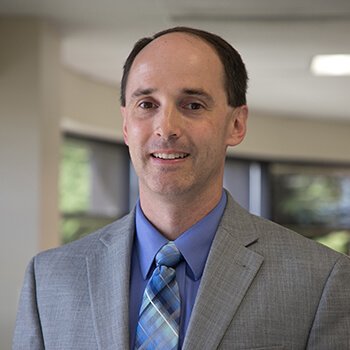
What was Martin Luther doing five hundred years ago? Most people could answer that question in 2017, as the 500th anniversary of Luther’s 95 Theses was commemorated. Many could give an answer in 2021, marking the 500th anniversary of Luther refusing to recant his writings at the Diet of Worms. But what was Luther doing in 1524?
Lots of things. Most significantly for the church, Luther was in the midst of worship reforms that year. He revised the order of service in light of the Lutheran theology of the sacrament the year before. These reforms brought the liturgy and practice of the service into alignment with a Lutheran understanding of the sacrament of the altar. He worked to move services to the vernacular language (German, in his case) instead of Latin. A third key component of this reform—and the focus of this blog post—was Luther’s work to restore congregational singing in the worship service.
One milestone of Luther’s work to build congregational song was the publication of the first Lutheran hymnals in 1524. The first Lutheran hymnal appeared that year in Nuremberg, entitled Some Christian Hymns, Songs of Praise, and Psalms according to the Pure Word of God from the Holy Scriptures. The book is usually called the Achtliederbuch, since it contained eight hymns, half of them written by Luther. Later that year another hymnal was published in Wittenberg, entitled Geistliches Gesangbüchlein (Spiritual Hymn Booklet). This book consisted mostly of hymns by Luther, alongside other authors such as Paul Speratus, Lazarus Spengler, and Elizabeth Cruciger. The book was designed for school choirs to use in teaching singers. This would, Luther writes in the “Preface,” teach students something of lasting value and “wean them away from love ballads and carnal songs.”[1]
The Spiritual Hymn Booklet builds on the church’s rich musical tradition. Many of Luther’s hymns are translations or adaptations or Latin hymns, such as “Christ Jesus Lay in Death’s Strong Bands” and “Come Holy Ghost, God and Lord.” Other hymns are based on Psalms. The book is oriented around the festivals of the church year, and the Christocentric focus of both Luther’s hymns and the church year are reflected in the content of the hymns.
This Gospel-forward approach to hymnody is central to Luther’s thought on music and hymns. Luther sees music as an instrument to implant God’s Word and Christian teaching in the heart and mind. Music is a way to proclaim the grace of God evident in the gospel of Christ Jesus. God has gifted mankind with the art of music, and Christian hymnody uses this art in service of God.[2]
On this Reformation, it’s worth considering one of Luther’s hymns from the Spiritual Hymn Booklet. “Dear Christians, One and All, Rejoice” is an example of Luther’s Christocentric hymnody.[3] The hymn lays out the scriptural doctrine of justification. Stanza 1 calls Christians to rejoice in God’s victory that has ransomed us from sin. Stanzas 2-3 voice the anguish and despair of a human being in bondage to sin and hell. While our works cannot save us, God saw us and planned our salvation (st. 4). The Father sent the Son to “bring to all salvation” (st. 5), and the Son obeyed by wearing our “servant’s form…[t]o lead the devil captive” (st. 6).
In the last four verses Christ speaks directly to the one singing or hearing the hymn. Stanza 7 begins Christ’s words:
To me He said: “Stay close to Me,
I am your rock and castle.
Your ransom I Myself will be;
For you I strive and wrestle.
For I am yours and you are Mine,
And where I am you may remain;
The Foe shall not divide us.”
Following these comforting words, Christ continues to testify of his death that brings us eternal blessing (st. 8), his ascension to the Father and sending the Holy Spirit to comfort, teach, and guide us (st. 9). The final stanza is an address to turn to Christ’s word and work to guide our life and teaching. In this way the heavenly treasure Christ has given to us is preserved and protected.
For good reason many Lutheran churches sing “Dear Christians, One and All, Rejoice” on Reformation. The hymn proclaims the central truths of God’s Word—sin, grace, redemption in Christ, the comfort of the Spirit—while using music to carry this word into the heart and mind. The hymn is both a confession of the triune God in whom we trust and a proclamation of his saving work that brings glory to him.
This Reformation we thank the Lord anew that he has preserved his word and his church. And in particular, this year is a fitting time to thank the Lord for the gift of music which he has placed alongside his word to bring the gospel to us through the beauty and power of song.
[1] Luther’s Works, vol. 53:316.
[2] Luther’s Works, vol. 53:316.
[3] Lutheran Service Book 556; all quotations from this translation.
Want in?
Concordia University Ann Arbor is a Lutheran higher education community committed to helping students develop in mind, body, and spirit for service to Christ in the Church and the world.

—This is written by Rev. Dr. Aaron Moldenhauer, who serves as the Vice President for Mission and Church Relations at Concordia University Wisconsin and Ann Arbor.